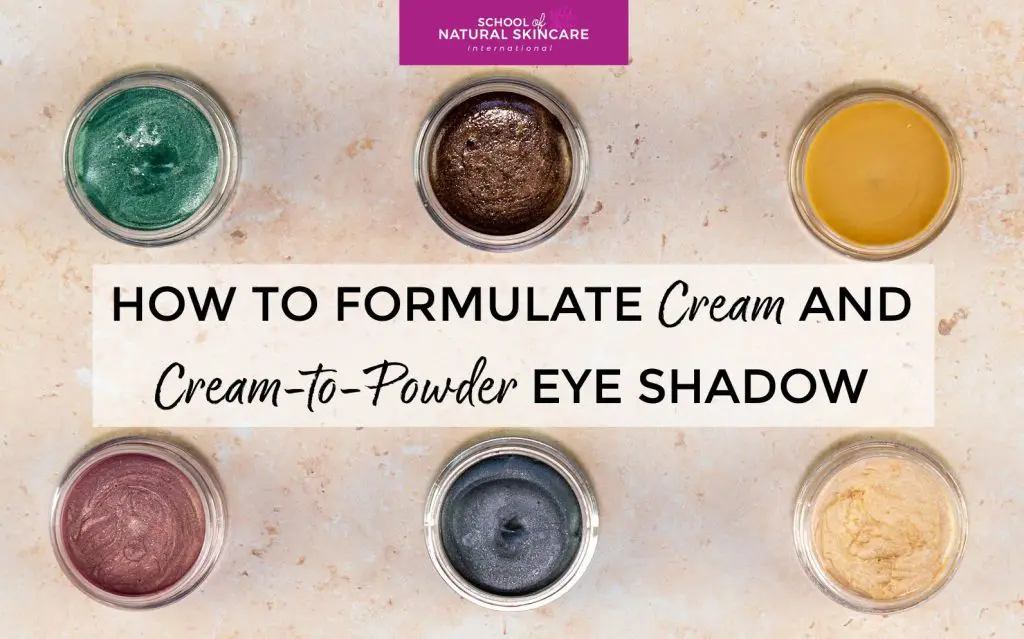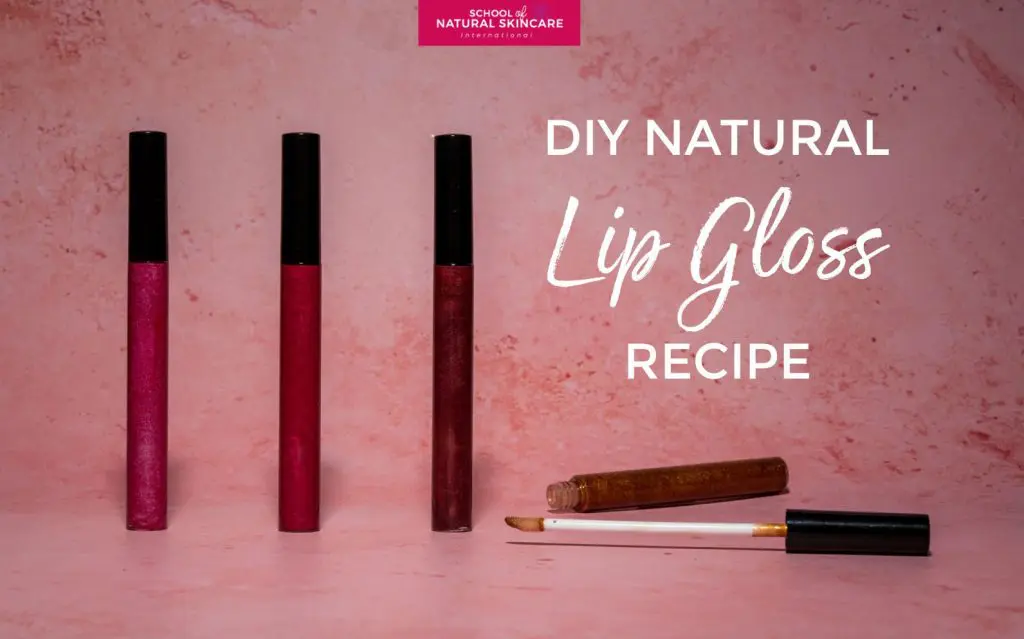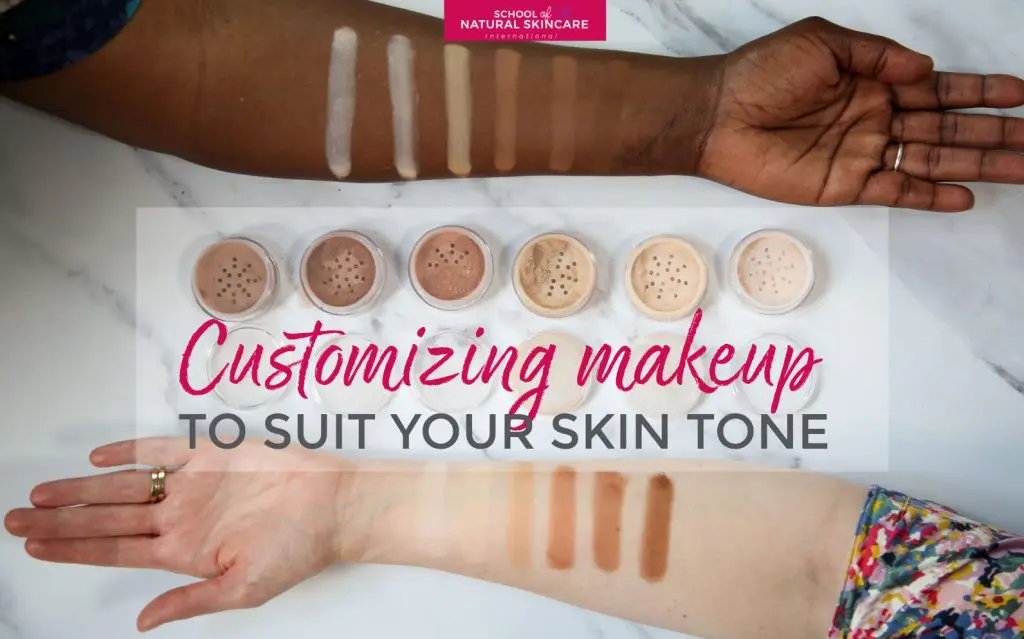Let’s take a deep dive into an interesting type of eyeshadow – natural cream and cream-to-powder eyeshadows – and how they are formulated.
These are rewarding products to make as the method needed to make them isn’t overly complicated, you can make a really wide range of colors, in matte or shimmery shades, and they have wonderful sensorial properties. You can choose to make your formula natural, organic and/or vegan.
What are cream and cream-to-powder eyeshadows?
Despite the word ‘cream’ in their name, cream eyeshadows are most commonly
oil-based anhydrous balms with a relatively soft, almost creamy structure. They are different to other balms you may be familiar with, as they feel like a balm but create a dry and powdery feeling on the skin after application.
They come in small jars, pots or even tubes and are usually applied with fingertips, but can also be used with brushes.
How are cream and cream-to-powder eyeshadows formulated?
Conventional cream eyeshadows often use silicones as the main solvent so that there is no oily after-feel after application. Natural versions are normally formulated with light emollients, such as esters or light vegetable oils and are thickened into a balm or soft cream consistency with various lipid thickeners.
Dry, powdered ingredients can also be added to a cream eyeshadow formula, for example silica, starch, etc. Those ingredients will further reduce the oiliness of the product upon application and create a silky, soft skin feel and a cream-to-powder effect.
Formulating cream eyeshadow usually requires experimenting with many different ratios of emollients, thickeners and powders, until an optimal combination is achieved.
Well-formulated cream eyeshadow should:
- Have a suitable viscosity for its intended packaging (eg medium hard balm or creamy balm for a jar, or soft cream or oily gel for squeeze tubes).
- Be simple to apply and spread on the skin.
- Provide sufficient pigmentation.
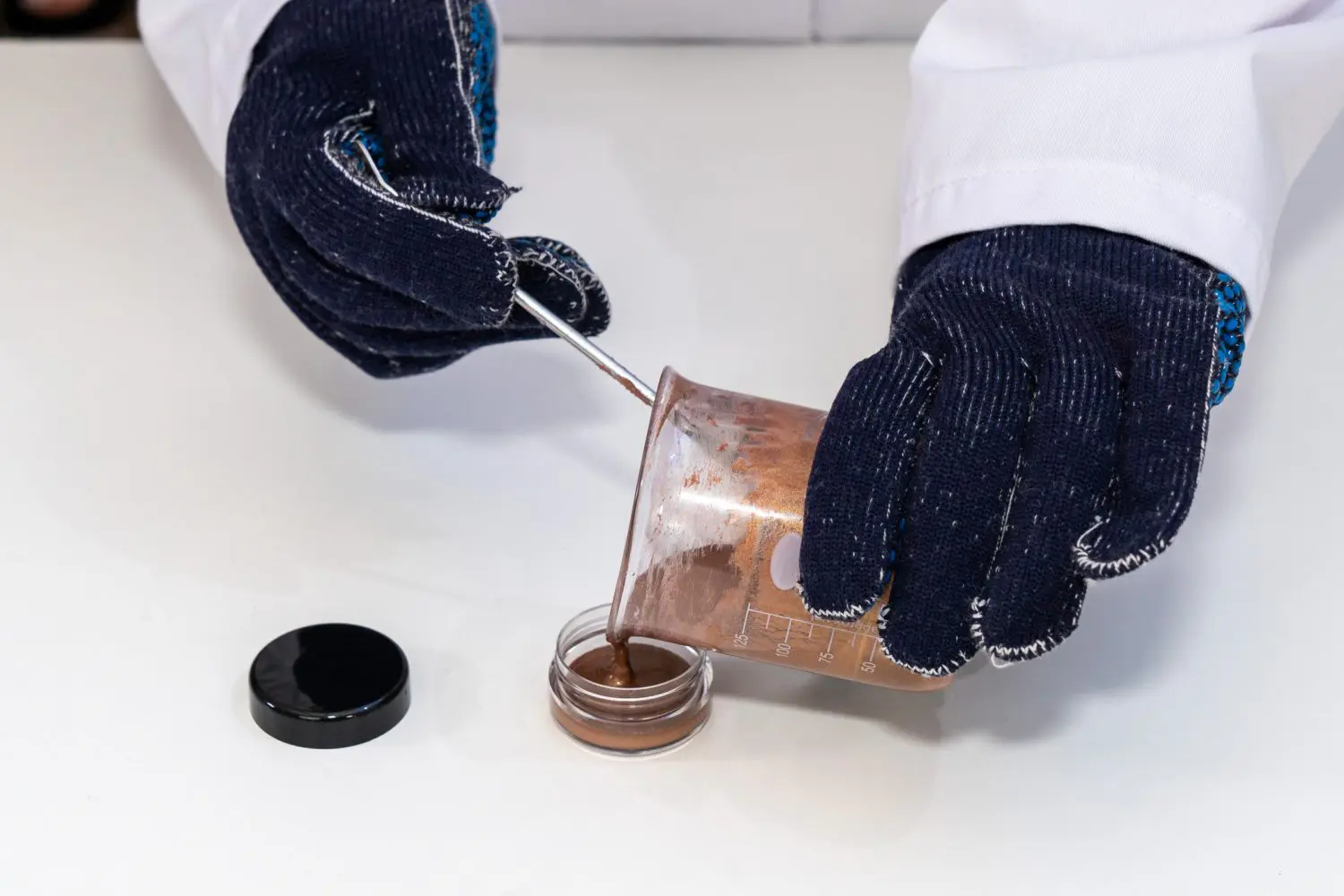
Adding pigments to cream eyeshadow
Different types of pigments can be used to add color to cream eyeshadows – matte mineral pigments, colored micas or a combination of both types.
Matte pigments usually require lower usage percentages as they are very strongly pigmented. Colored micas, however, are usually used at higher percentages since they are less pigmented.
It is a good idea to experiment with the amount of pigment so you can find out what is the optimal amount for the pigmentation you desire.
Depending on the color of cream eyeshadow, they can also double as a blush, highlighter, bronzer or lip tint.
Are preservatives required?
Just like with other anhydrous eye products, preservatives can be added to cream eyeshadows, too. Because they are applied with fingers, there is some chance of introducing microorganisms from our skin into the product and, in case moisture gets in the jar too, it is safer to add an oil soluble preservative to the formula. The preservative needs to be suitable for an oil-based formula, so water soluble preservatives are not appropriate.
Formulation template for cream eyeshadow and cream-to-powder eyeshadow
This formulation template shows you how cream eyeshadows and cream-to-powder eyeshadows can be formulated, by listing the ingredient type, function and the percentage range at which they are typically used.
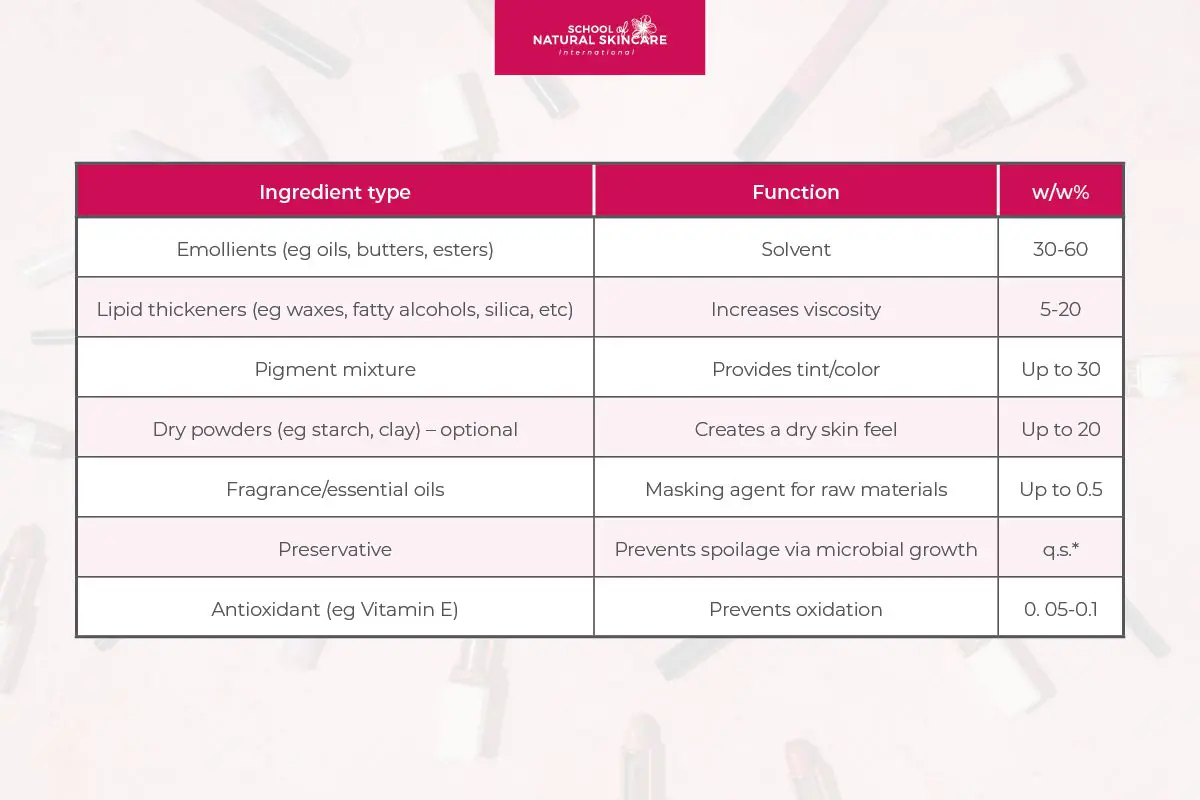
*The abbreviation q.s. stands for ‘quantum satis’ or ‘quantum sufficit’, meaning an amount which is enough, or an amount which suffices. This is a term used in template formulas because the amount of preservative depends on the preservative itself and the formula.
This formulation template can provide the basis for you to experiment with formulating your own cream and cream-to-powder eyeshadows.
Formulating eye crayons
Eye crayons are very similar to cream eyeshadows, with the main difference being that they have a much harder, stiffer consistency.
A cream eyeshadow formula can be turned into an eyeshadow crayon by adding an additional 10-20% lipid thickeners and lowering the percentage of liquid emollients. The exact amounts will depend on the ingredients used and the desired consistency.
To make an eye crayon you will need a special eye crayon container, available from cosmetics supply stores. To use an eye crayon, sharpen the crayon and use it directly on the eyelid.
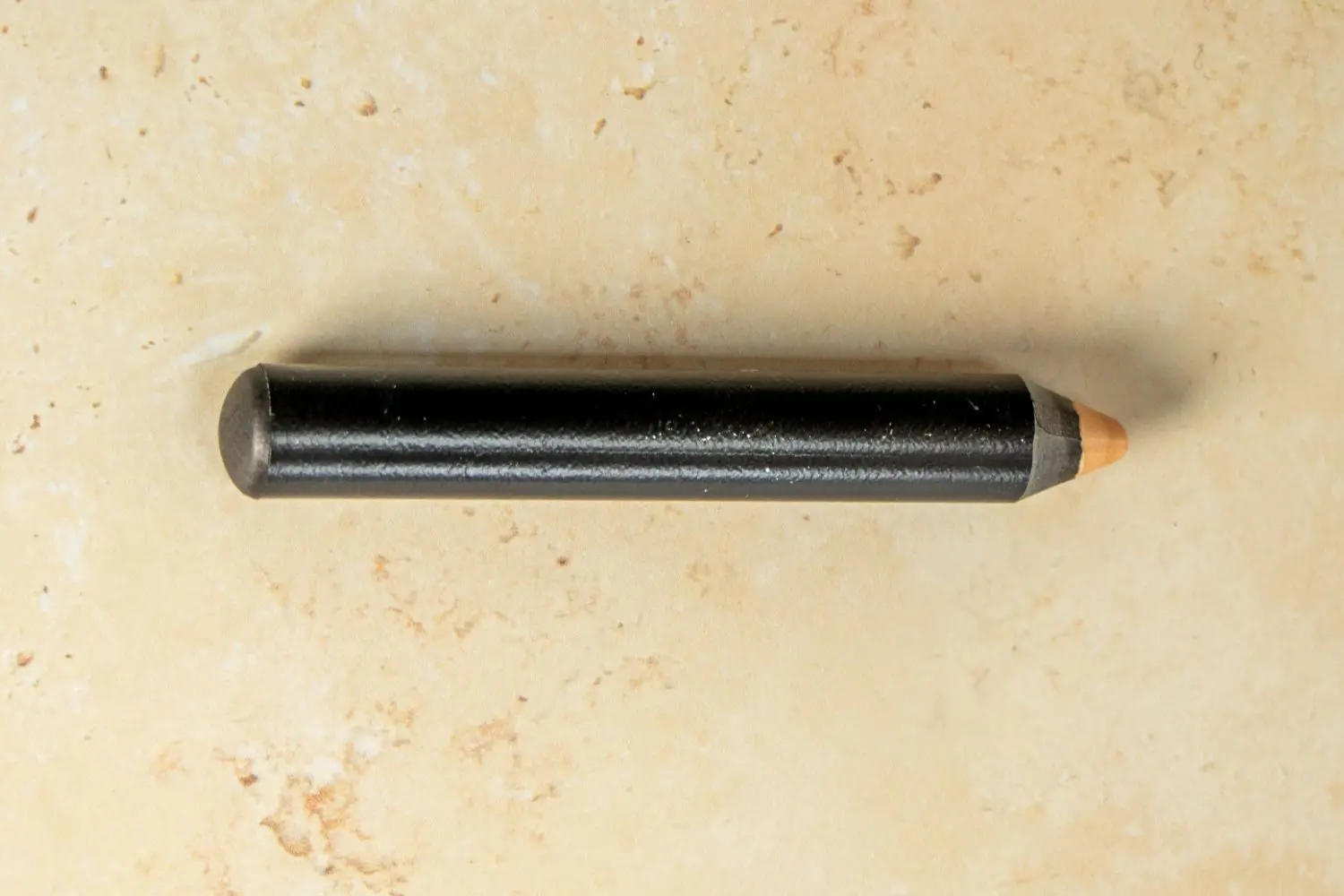
Ready-to-use eyeshadow formulas
If you’d like an expertly formulated cream-to-powder eyeshadow formula that is ready to use, then you’ll love our Diploma in Formulating Natural Makeup and Advanced Color Cosmetics. We provide a gorgeous example formula in the Advanced Eye Makeup module plus suggestions for lots of different shades to make.
We also provide a formula for an eye crayon which you make as it is, or adjust to suit your preferences.
Within the Diploma in Formulating Natural Makeup and Advanced Color Cosmetics you’ll also learn how to formulate powder eyeshadows – in both loose powder and pressed powder formats.
Also included in the Advanced Eye Makeup module, are formulas for eye liner pencils, eyebrow pencils, liquid eyeliner, mascara and eyebrow pomade. By the end of the Advanced Eye Makeup module you’ll have made a complete set of eye makeup products for the eyelids, eyelashes and eyebrows!
Eye makeup products are just one category of product covered on the course. You’ll also learn how to make natural, organic and/or vegan foundations, concealers, blushers, bronzers, highlighters and lip products. Find out more and enroll here: Diploma in Formulating Natural Makeup and Advanced Color Cosmetics.

